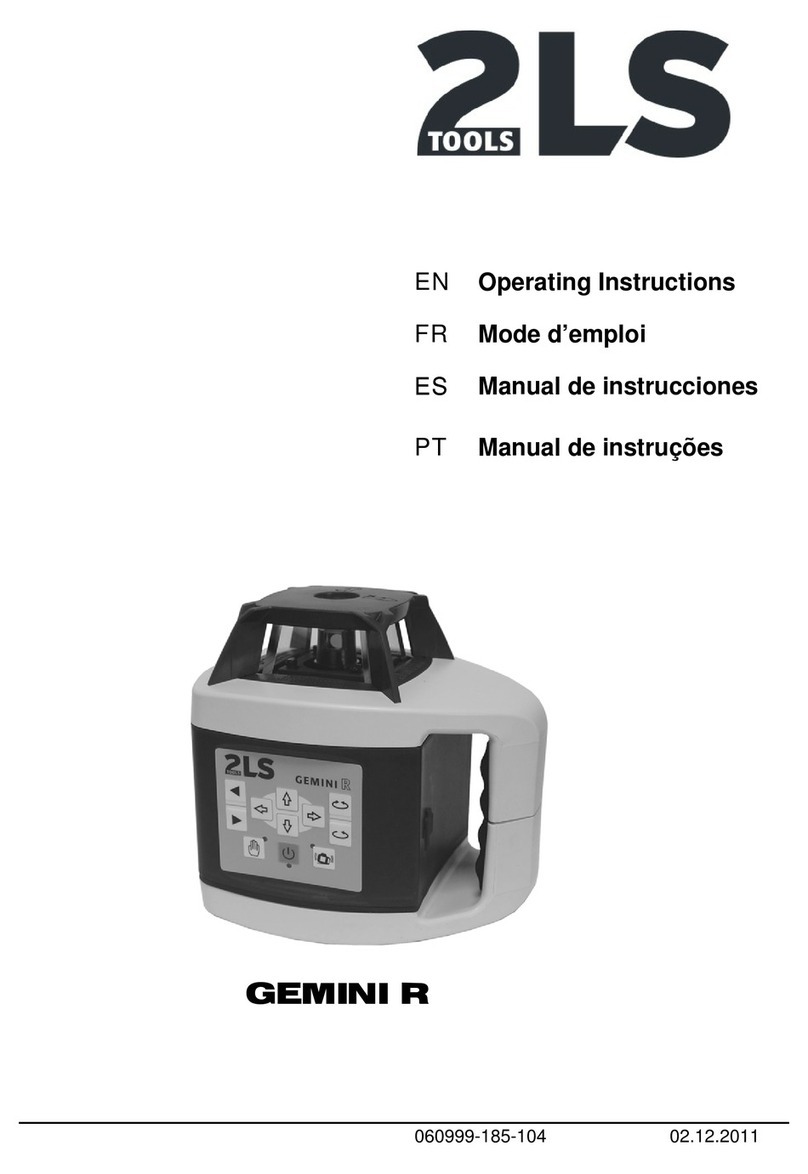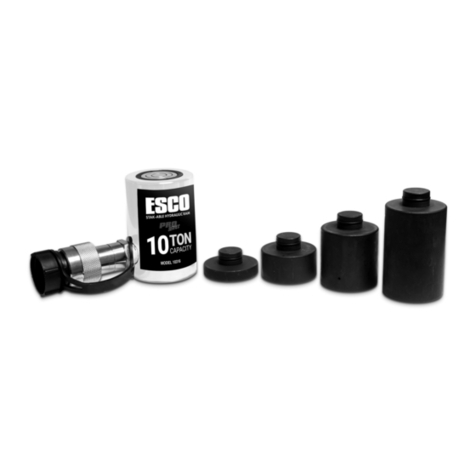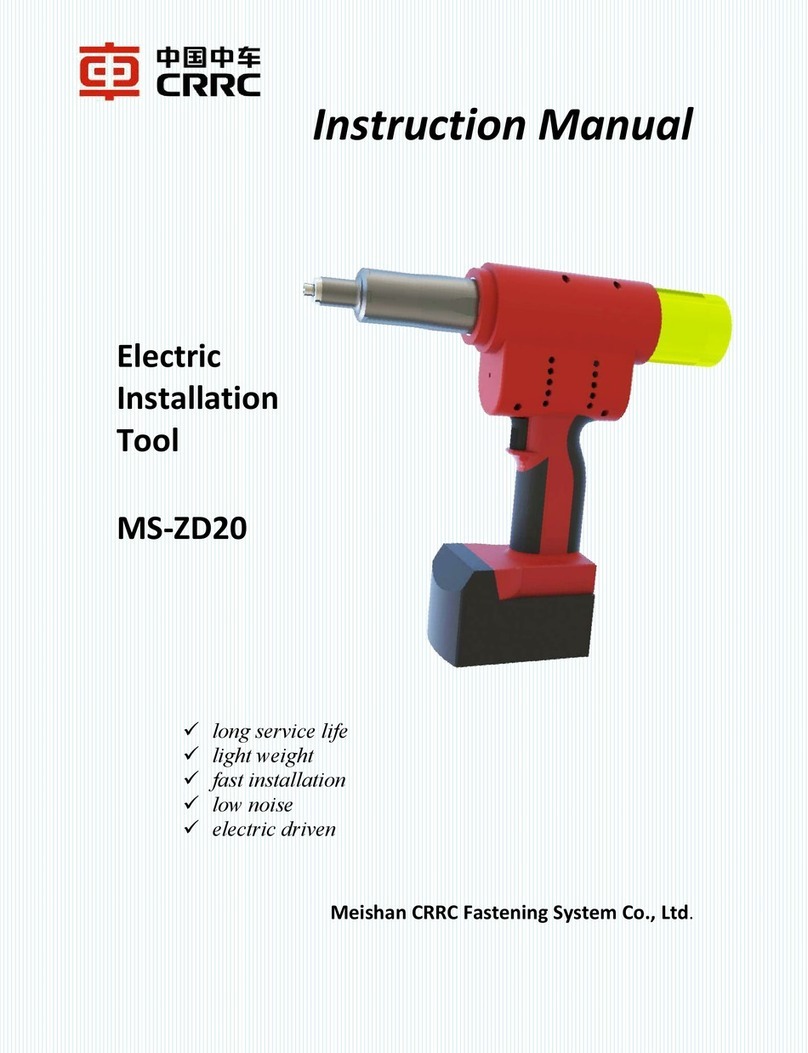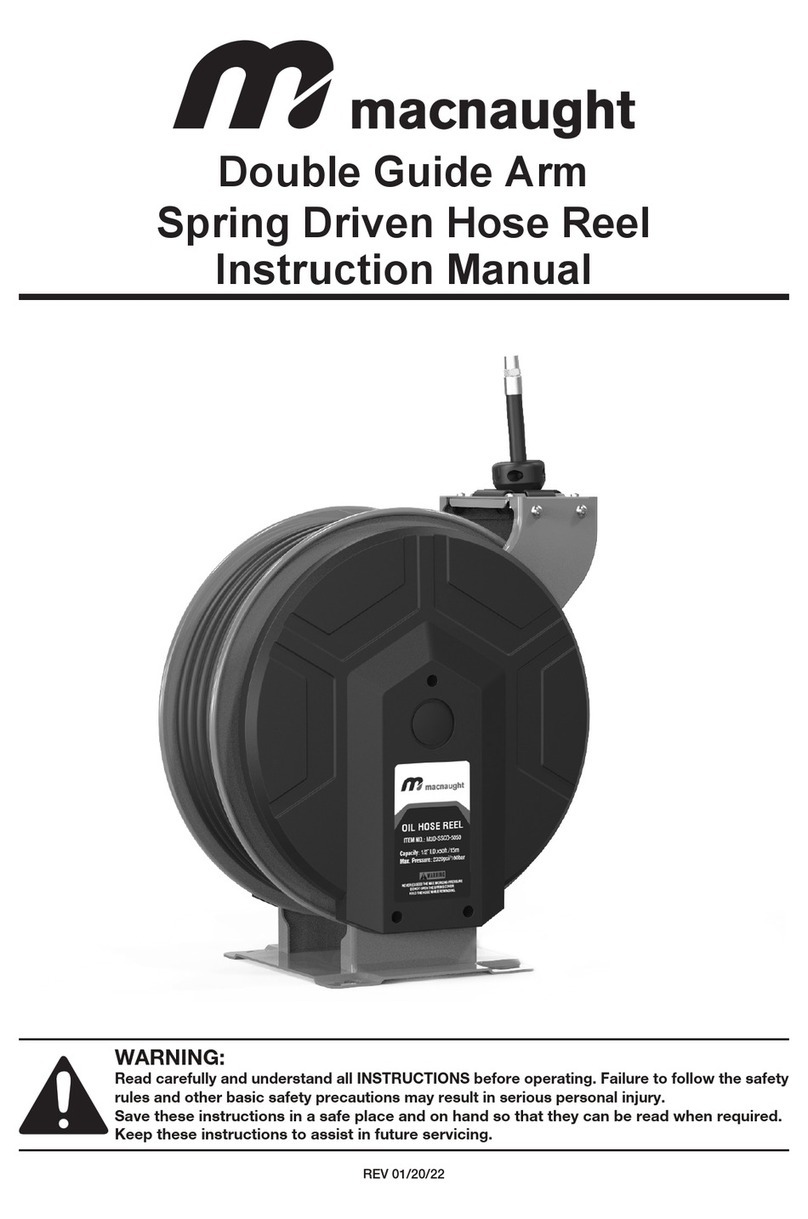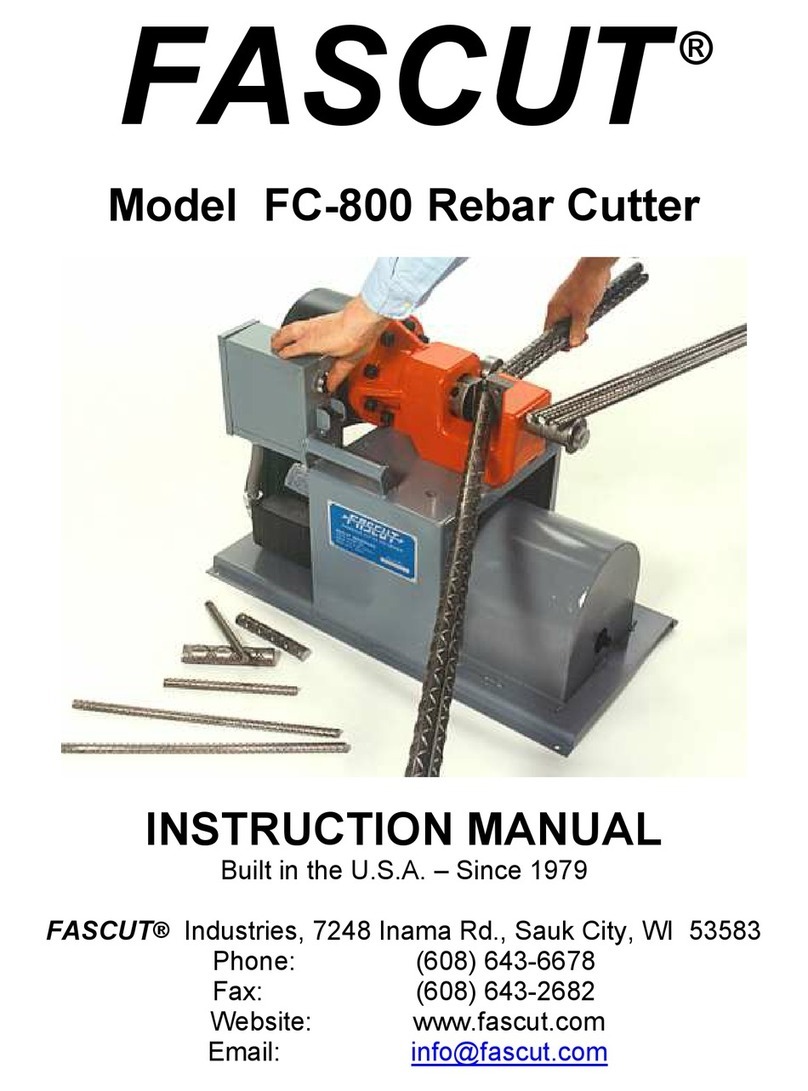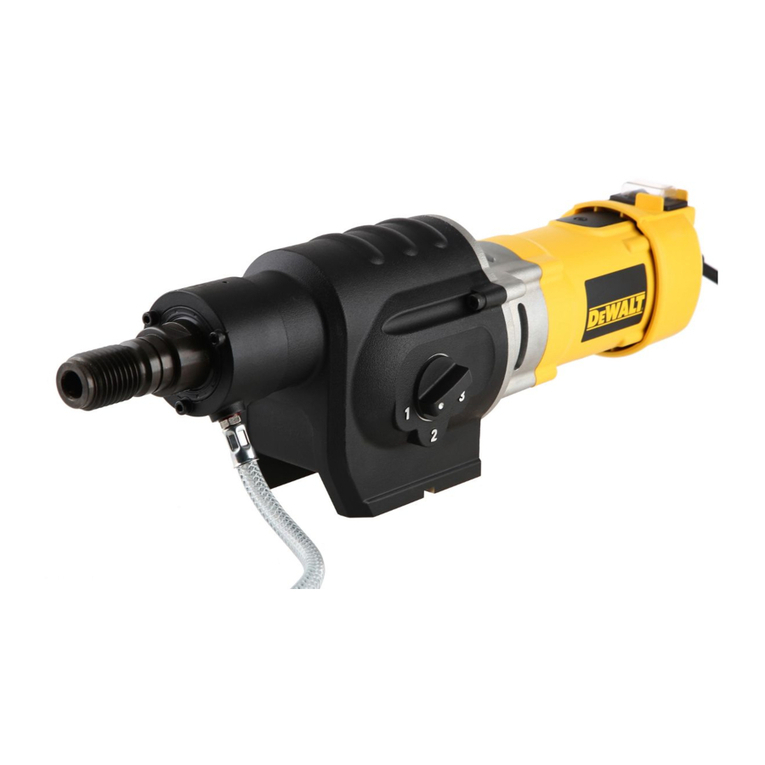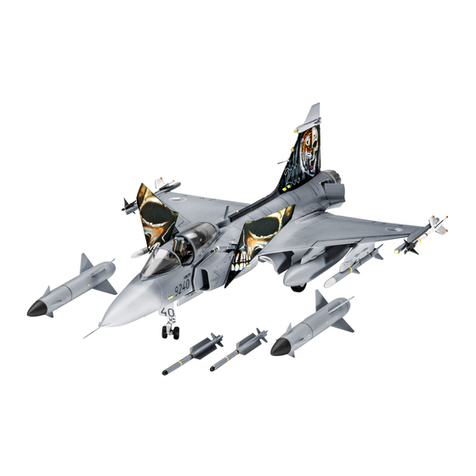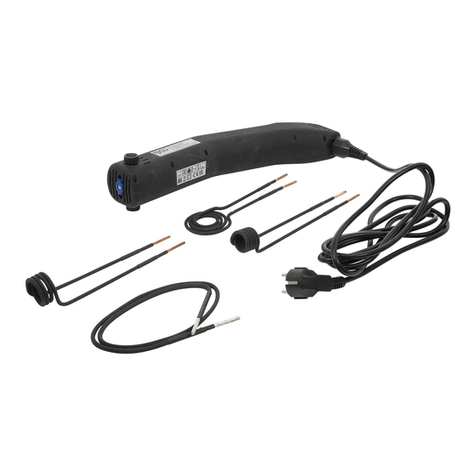Rolladeck Industries GAME CHANGER User manual

Assembly & Instructions
www.rolladeck.net
™
By Rolladeck Industries

Included pieces
6” & 10” anchor blades with
adjustable idler pulley
T-handle wire starter
Optional anchor cup 100’ roll swicut ber line
Game Changer Tool 2amp & 4amp batteries
Charger Dash Protector

Thank you for the purchase of your new Game Changer wire cut
out tool by Rolladeck Industries. We encourage you to read the full
instruction guide before using the tool. If you have previously used
a wire or a string cutting tool, you will already have some basic
knowledge that will be used.
The 1st step in using any wire/string tool is to place a dash
protector of your choice where you are going to start the cord/
wire. Place the dash protector of your choice 6 to 8 inches from the
right side of the vehicle. Assess the depth of the dash using one of
the 2 anchor blade attachments. The attachment should be able to
anchor into the urethane and be conneced to the tool without the
tool touching the dash. This will vary by make and model of the
vehicle. See picture below for length selection.
Your next step will be loading the adjustable counter pulley onto
the anchor blade and selecting the optimal placement. Note: cord/
wire cuts best when the counter pulley is adjusted as close to the
anchor tongs as possible without coming in direct contact with
obstructions like interior components, dashboard etc. Adjust your
pulley so that the angle of the cord/string is as parallel as possible
with the urethane bead. This will create an optimal cut angle and
cause less wear and tear on the cutting element you are using. See
picture on next page.

The tool is designed to be used from right to left. When starting
your wire/cord, insert it to the bottom ideally 6 to 8 inches in form
the passenger corner. Driver’s corner on vehicles with right side
driver seats commonly used in UK and Australia, New Zealand etc.
We suggest using a 3 foot-long length of cord to use as a
starter, insert as shown below.

Insert the cutting line through the loop and pull at least 2 feet of
line through the loop. Note: if using steel wire, fold the end of the
wire to create a hook, then hook it through the loop of the starting
cord. Remove starter tool and pull the starter line back into the
vehicle. This will bring approximately 4 feet of cord into the
vehicle. You will want to leave enough slack so that you can do at
least 2 revolutions of the wire/cord onto the spool approximately 3
foot, as seen below.

If you are using string, we suggest making a small knot at the end
of the string and slide it into the slot on the pulley. is will prevent
the string from falling out or slipping. It will also allow you to use
less cord to secure the line to the plley. When loading the pulley, it
is key to load the cord clockwise. Spooling the cord
counterclockwise will cause excessive drag and can shorten the life
of the tool. See below.

When using steel wire, insert the end of the wire into the hole on
the pulley. Note: it is key that you wind the wire going clockwise.
Do not wind the wire counter clockwise as it will cause more drag
and reduce eciency. See below.
Then, from right to left, unwind your preferred cutting element from
the supply spool and wrap it around the perimeter of the bonded part.
Make sure that the element is tucked completely beneath the glass or
bonded frame, especially in the corners. Try to avoid slack in the
element, this will keep it in place for cutting. IMPORTANT! If you
are working on a vehicle with a hidden pinch weld, such as a 2019
Toyota Camry, Mazda3 etc. take your time and make sure that the
cutting element is secure against the urethane bead and not loose so
that it could get caught or wrapped under the pinch weld. Failure to
avoid this can cause irreparable damage to the pinch weld. Once the
cutting element is completely around the perimeter, you can secure
it to any xed solid metal object like the wiper post, a mounting
bolt etc. or the anchor cup provided. You may also wrap the element
around the wiper post and redirect the element towards the center of
the windshield and secure it to the anchor cup. This will prevent the
element from cutting into moldings, cowl retainers on the glass egde
or stressing the glass itself when attempting to salvage these parts.
See next page.


Some technicians prefer to anchor the cuting element inside the
vehilce, should you choose to ue the inside anchor method using
our provided anchor cup, please see the attached for proper setup
to ensure the best results.

To begin cutting, push the anchor tongs into the urethane of the
entry point of the cutting element and keep the drill handle pitched
back towards the entry point so the top of the anchor blade is
further away from the starting point then the rest of the tool. is
will give the user leverage to engage the anchor tongs into the
urethane and prevent slipping. Pull the trigger and watch as the
cutting line approaches the anchor tongs, reverse the direction and
unwind enough slack to reposition the tool to the desired point and
resume cutting. Be careful not to allow the line to reach the anchor
tongs as it can get caught on the tongs and break the cutting line.
When reaching a corner and making a turn, bring the cutting line
as close to the corner as posible without snagging the anchor tongs.
is will make it easier to transition the cut around the corner.
When ready to reposition the tool to make the cut up the driver’s
pillar, put the anchor blade into the top corner at a 45 degree angle.
Depending on the angle and the density of the bottom corner bead,
it may require extra force to keep the anchor tongs locked into the
urethane until the corner cut is completed.


When transitioning the cut from the side to the top, start no more
than 12-14’ from the corner to shorten the curve until the line
reaches the tongs then proceed to cut along the top.

Notes
Popular Tools manuals by other brands
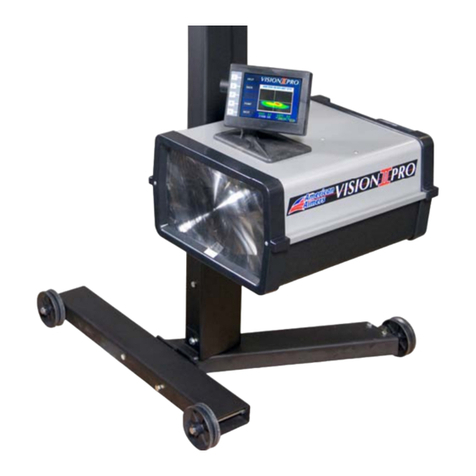
American Aimers
American Aimers VISION II PRO instruction manual
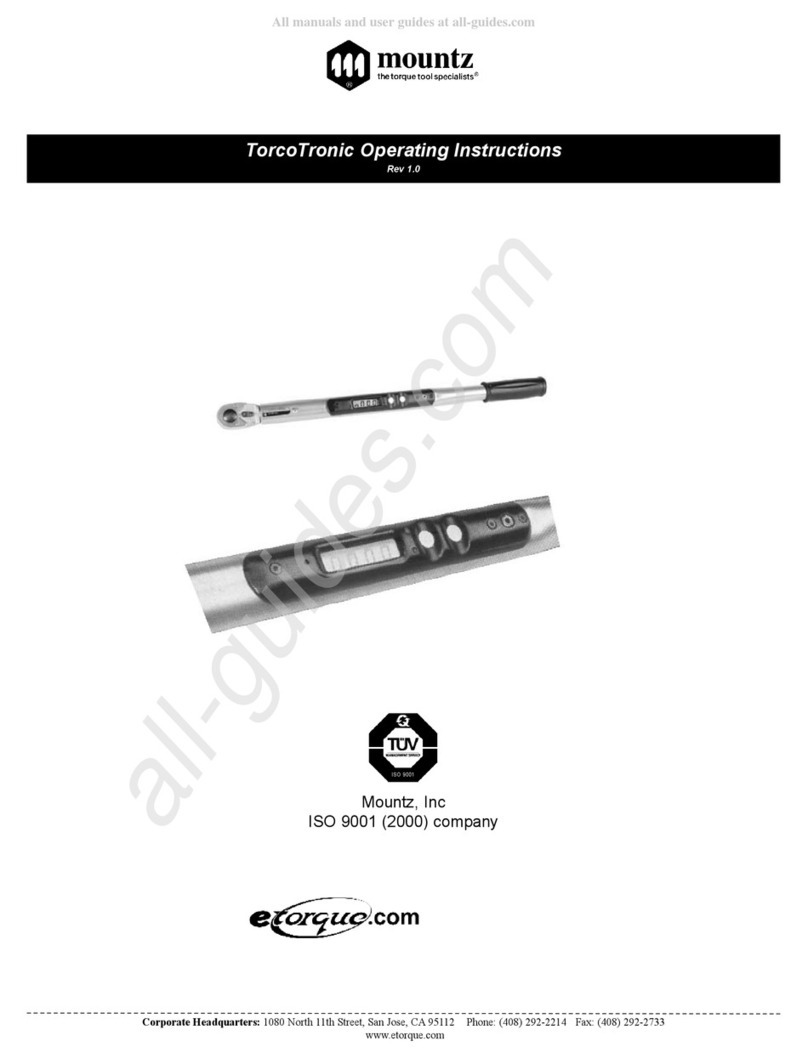
Mountz
Mountz TorcoTronic operating instructions
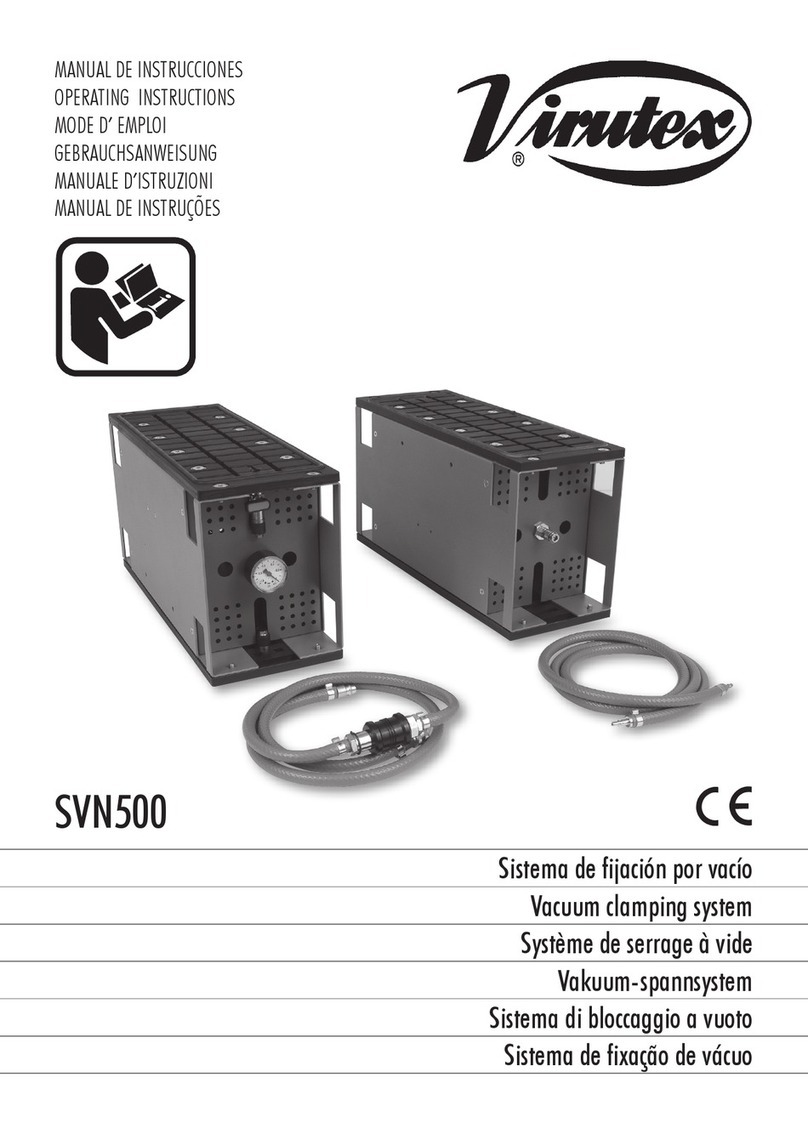
Virutex
Virutex SVN500 operating instructions

Rosenberg
Rosenberg HVR50 manual

IGM Professional Tools
IGM Professional Tools FK650 operating instructions
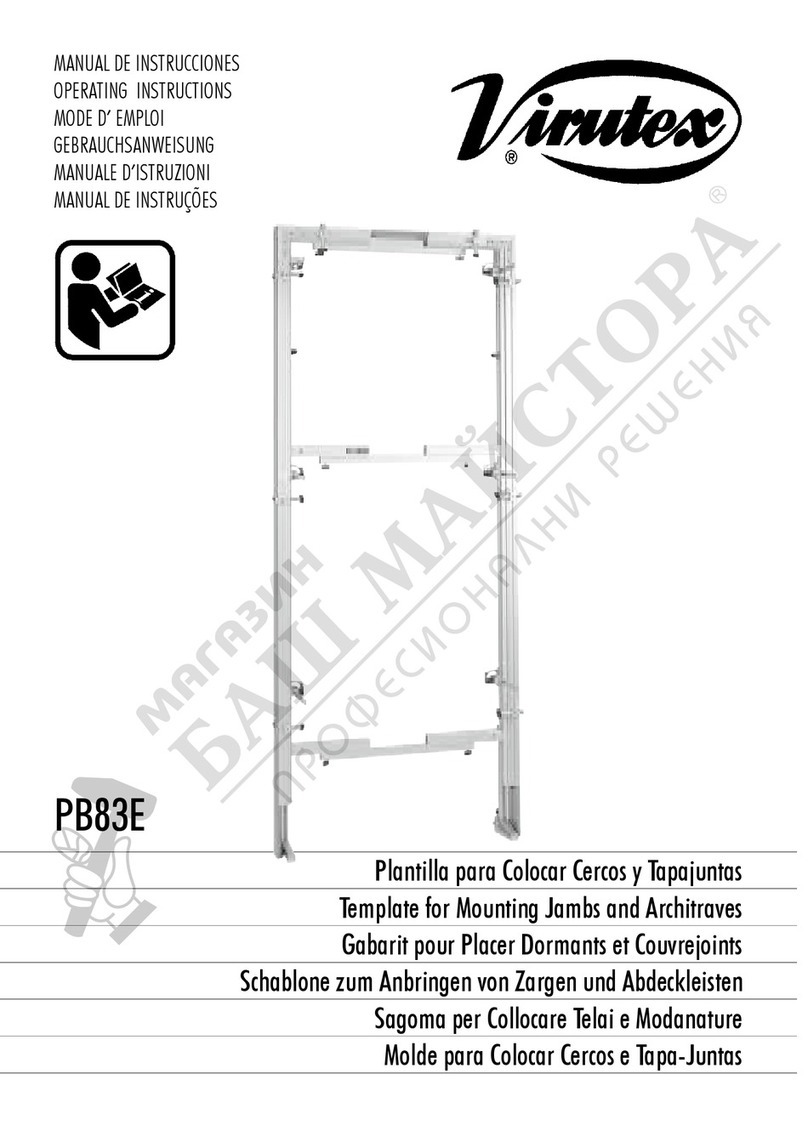
Virutex
Virutex PB83E operating instructions

